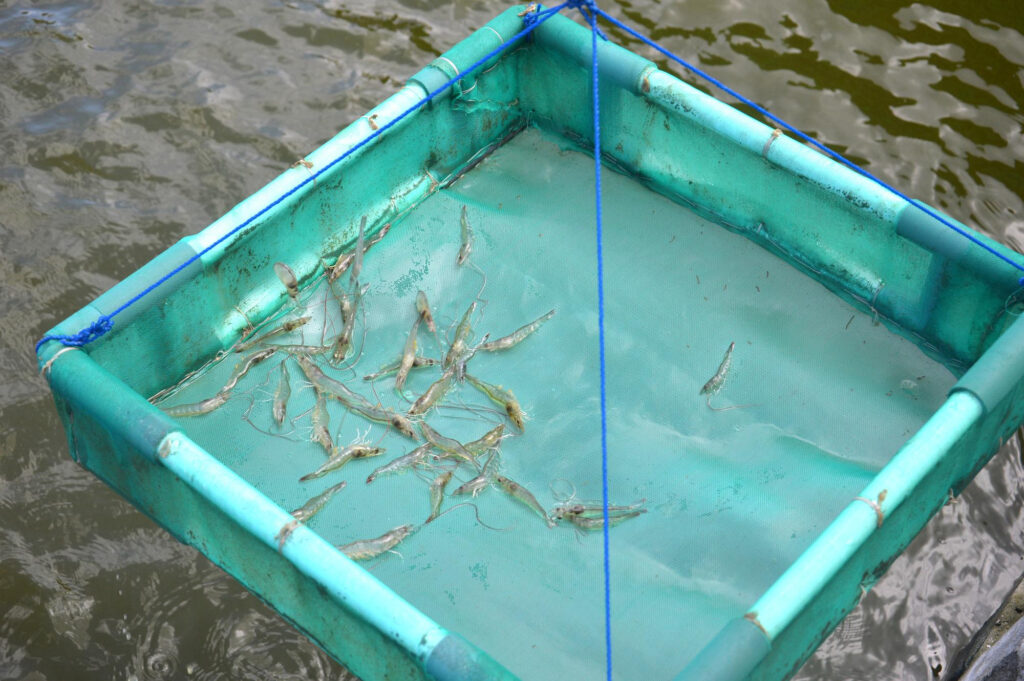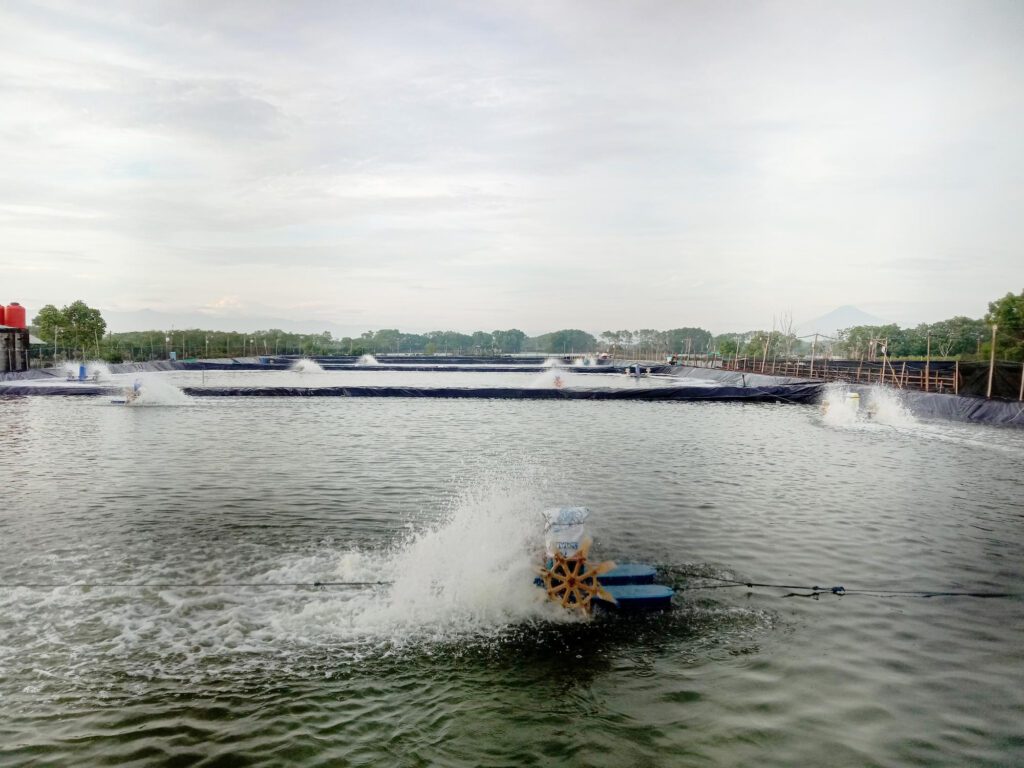
The increasingly sophisticated administration of probiotics is having a major impact on the sustainability of shrimp aquaculture, and there are further advances expected, through the use of synbiotics, biofloc and semi-floc systems.
What are probiotics?
Probiotics
Probiotics are, in general terms, live microbial feed supplements which provide beneficial effects for the intestinal balance of the host animal. However, in aquaculture they can be defined as live microbial adjuncts which are beneficial for the host animal because of their ability to modify the host-associated or ambient microbial community, leading to more efficient use of feed and enhanced nutritional value, improved immune response and better water quality.
From these definitions, we can see that aquaculture probiotics are different, because their modes of action are not limited to the microbial balance of the host animal’s intestines, but also cover the microbial community in the external environment. The health of aquatic organisms is heavily influenced by the water they live in. Thousands of microorganisms, including pathogens, live in the culture water and these can deteriorate water quality and cause disease.
Importance of Probiotics in Fish Aquaculture
Probiotics for aquaculture are usually divided into at least two dominant types – water probiotics and gut probiotics. hen using probiotics, it is important to note that there are certain brands of commercial probiotics which require the farmers to ferment the product before use in order to activate the bacteria.
Aqueous probiotics
Water probiotics, as the name suggests, are administered directly to the shrimp pond water. They work in two ways: competitive exclusion and inhibition of pathogenic bacteria, as well as improvement of water quality. The strains of bacteria used for water probiotics include Bacillus acidophilus, B. subtilis, B. licheniformis, Nitrobacter spp., Aerobacter and Saccharomyces cerevisiae.
In terms of pathogen exclusion, probiotic bacteria can multiply and proliferate in the water, making it difficult for the pathogenic bacteria to compete for resources, which reduces the levels of pathogens in the water. Probiotic bacteria also have the ability to inhibit opportunistic pathogens, preventing them from infecting the shrimp. By means of exclusion and inhibition, water probiotics can reduce the chances of disease, as well as limit the duration of existing disease outbreaks.
With improved water quality, farm effluent water is less toxic, reducing the farm’s environmental impact on the surrounding body of water.
Not unrelated to this, the effect caused by pathogens in water can also be minimised by improving water quality. Bacteria strains such as Bacillus, Pseudomonas, Acinetobacter, Cellulomonas, Rhodopseudomonas, Nitrosomonas, and Nitrobacter, used as water probiotics, usually act as bioremediators. These have the ability to enhance the decomposition process of various organic substances in the water column and pond bottom that could be toxic to the shrimp, improving the water quality as the organic wastes are properly decomposed.
With fewer pathogens and better water quality, shrimp health can be maintained at high levels and production can be optimised. Not only that, with improved water quality, farm effluent water is less toxic, reducing the farm’s environmental impact on the surrounding body of water.
Gut probiotics
Gut probiotics are applied in shrimp aquaculture to improve the shrimp intestinal microbial balance. Gut probiotics incorporate bacteria strains in the feed pellet using many types of binders, such as egg white and fish oil, for more efficient application. Gut probiotics usually contain Lactobacillus or Saccharomyces cerevisiae, nitrifying bacteria, Streptococci, Roseobacter, and Bacillus sp. These bacteria strains work in the shrimp gut by modifying the microbial balance for the benefit of the shrimp.
One of the benefits is enhanced immune response. The defence mechanisms of shrimp are less developed than other aquatic organisms, and they rely on a non-specific immune system. Probiotics support this immune system by enhancing the immune response to pathogen assault. Not only that, probiotics can also prevent pathogen proliferation in the gut, as well as inhibiting pathogenic actions, providing better protection against possible infections and diseases.
Probiotics also have the ability to modify the metabolism of microbiota in the shrimp gut to produce short-chain fatty acids for improved digestion. This leads to increased appetite, better growth and improved FCRs – which in turn reduces the amount of waste from uneaten feed and therefore improves water quality. Overall, feed probiotics provide farmers with better growth, healthier shrimp and less water pollution.
Above article are excerpt from: https://thefishsite.com/articles/how-to-use-probiotics-in-shrimp-farming-with-synbiotics-biofloc-semi-floc


